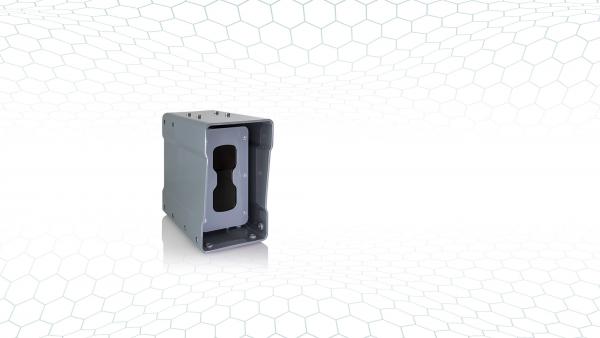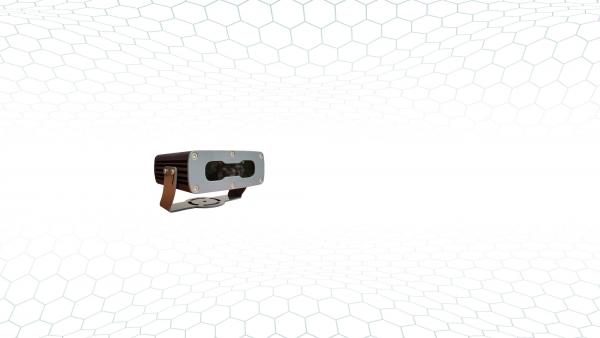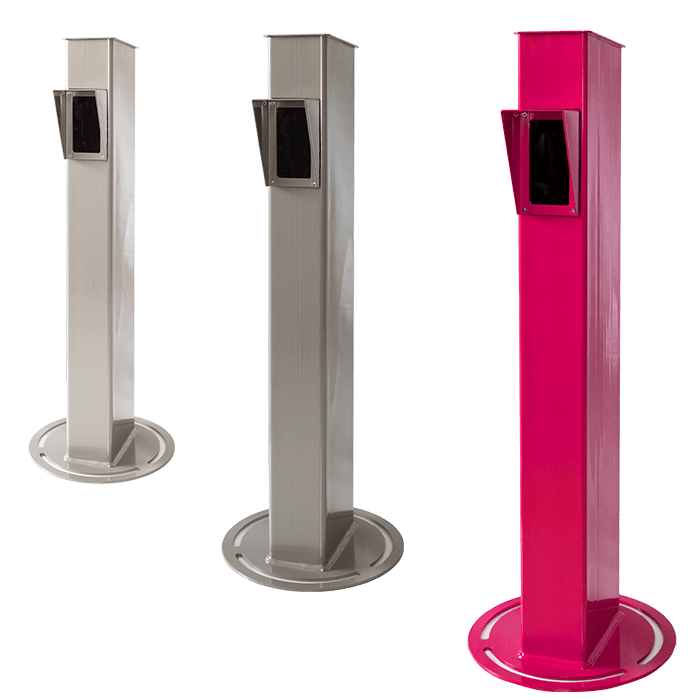



When it comes to Parking, Hospitals and health centers, in general, face particular challenges that can become an excellent opportunity to consider significant upgrades regarding their vehicle control core system... such as License Plate Recognition (LPR).

But what are those “particular” challenges?
Increasing Traffic: Hospitals typically experience high demand for parking, with visitors, patients, staff, and emergency vehicles all vying for limited spaces. What makes this the core issue is the increasing number of people visiting these kinds of centers and, of course, the increased traffic flow and parking space scarcity it represents.
Health centers also have the particularity of staff shift changes, which cause peak traffic flows during certain hours and collide with patient and customer flow, a formula for a “parking traffic jam”, one of the most feared nightmares in the industry.

Customer psychology: The second largest issue is the client's emotional state, as these types of facilities deal with life-altering issues that cause distress and anxiety for the clients and their families, resulting in less patient/tolerant customers. Health centers have more “unrested” customers than any other business, which becomes an alert if their numbers continue to grow.
Ticket Demagnetization: One of the main issues is caused by diagnostic equipment that radiates strong electromagnetic fields. This causes parking tickets to demagnetize and lose data, which results in angry visits to the parking office, discomfort and time loss.
Ticket loss rates at these centers are much higher than at any other site, which is surely related to increased customer stress.
Limited Space: Hospitals often have limited parking space, especially in urban areas where land is at a premium. This can lead to overcrowding and difficulty accommodating all the vehicles, especially during peak times.
Accessibility: Hospitals must provide accessible parking spaces for individuals with disabilities, which must comply with local regulations. It is crucial to ensure these spaces are available and adequately marked. There is also a special emphasis related to hospitals on the need to have proper guidance and communication systems that help customers find parking spaces and locate their vehicles when they get out.
Other general parking challenges, not specific for hospitals but still significant, may include:
Security: Health centers need to be perceived as “safe places,” so they must maintain a secure parking environment that minimizes theft and fraud.
Technology Integration: Implementing new parking management systems may be the key to solving most of these issues. However, it represents a huge leap that may be associated with higher costs if parking management is unaware of new technologies.
As you can conclude, providing a stress-free, faster and smoother parking service becomes critical for service continuity in health-related facilities.
From our experience at Lakeridge Hospital in Ontario, Canada, (among many other healthcare centers we have worked with), we have much to say because LPR-based systems have become essential in successfully overcoming the challenges we just mentioned.
The main change was eliminating the old ticket-based system and implementing an LPR-based ticketless PARCS (Parking Revenue Control System), such as the one Scheidt & Bachmann used in Lakeridge. This system uses the License Plate as the only Customer identification token for all vehicle control activities, such as payment and monitoring.

This type of PARCS brings a whole new level of parking experience:
Free-Flow Access: Customers don't even have to lower their windows (and much less grab tickets) to get in or out of the parking lot. When exiting, payment options are so much broader, easier and faster now that there is almost 0 friction or vehicle slowing.
Effortless Access (entry and exit): With fewer touchpoints and minimal manual assistance, individuals can smoothly enter the garage, pay by entering their license plate in the payment system and then smoothly exit the parking lot in record time!
All ticket-related issues are gone forever: The system resolves lost tickets, demagnetizing and barcode smudging, eliminating the need for manual payment processing at the parking office.
Enhanced Efficiency: During rush hours, such as hospital shift changes and patient arrivals, the touchless system ensures smoother traffic flow, reducing wait times for entering and exiting.
More comprehensive Application: The system's success has led to recommendations for its expansion across the hospital's parking facilities and beyond, contributing to improved parking experiences and operational efficiency.
Hands-free Solution: The system’s touch-free nature minimizes the fear of germ-related sickness by touching hospital equipment, which becomes a major relief for customers and health center managers

Well, this is the best part: the (highly) complicated stuff has already been taken care of. We have managed to get high accuracy levels and minimize license plate reading errors by using our all-included, specialized LPR Cameras to integrate with modern PARCS that do all the work. The rest is not much more than a simple installation and integration (done several times already), all within one day.
Now, we can state that License Plate Recognition is a proven game-changer with enormous benefits for health centers and other critical parking sites such as Airports or Theme Parks where peak traffic flow management, security and customer service quality are relevant KPIs.

High performance LPR camera for the most challenging sites such as very short distances and open angles

More affordable, smaller yet very fast and precise LPR camera, ideal for barrier or totem embedding

The world's smallest LPR camera for security and on-street parking control

Ideal for ITS and Tolling, this powerful camera works at large distances and very high speeds

Compact and affordable LPR camera with 4G connection, designed for Smart city
Despite the country or region, even Vanity Plates!
Lights, protection and connection are integrated into the LPR Cameras
LPR is performed in the LPR cameras firmware
LPR can be triggered by external device or by the license plate itself
Neural networks are used to learn from every plate read and increase performance over time
Up to 155 mph (250 km/h)
The shortest distance (from 5ft!) at the highest accurate reading speed (20ms)
You do not need more than 1 Survision LPR camera to get LPR working
Software tools for system integration or app building


Satisfied or refunded!
We ensure a certain range of LPR reading rates that will satisfy your needs, burn it in a contract and then make it true; otherwise we will refund 100% of your payment.